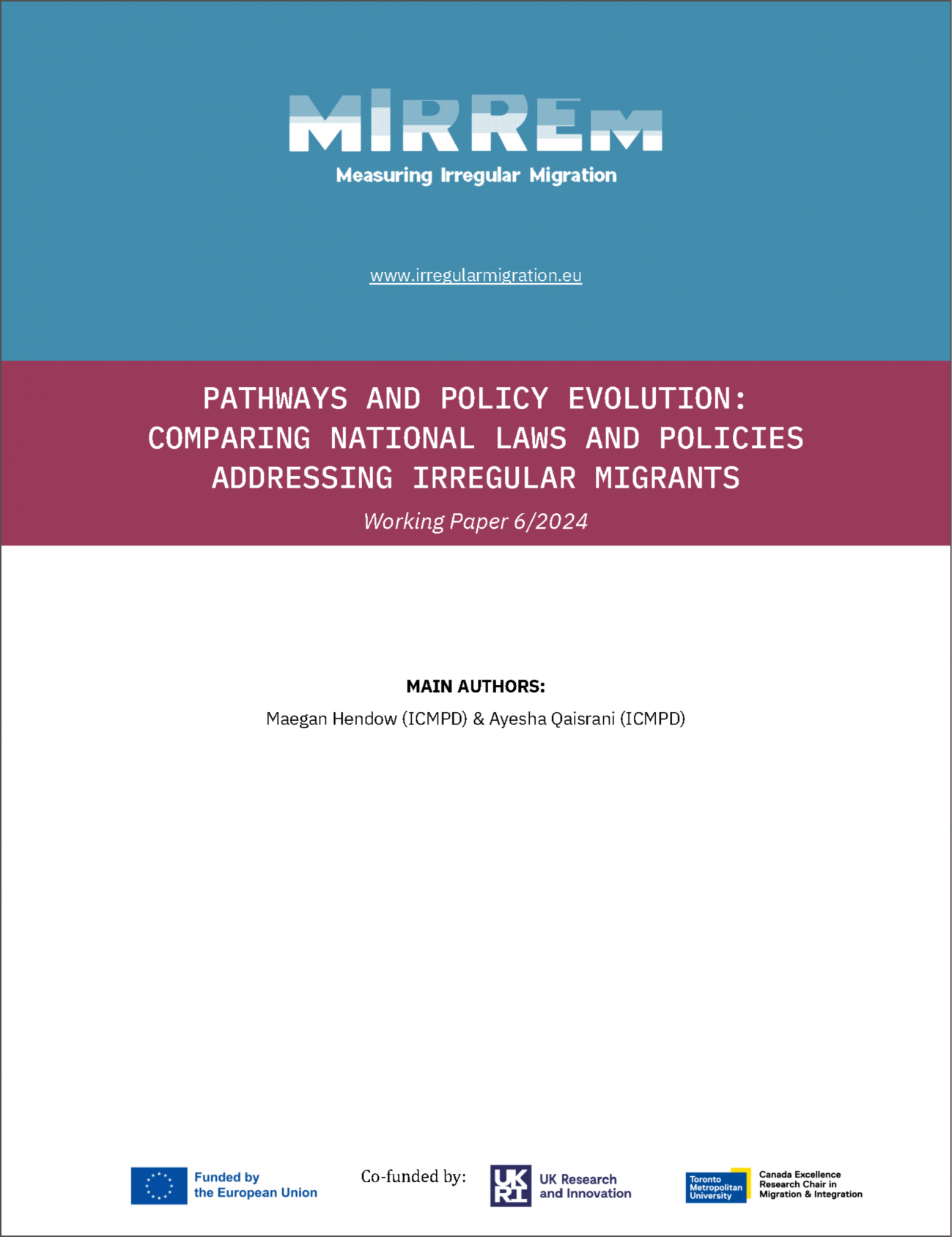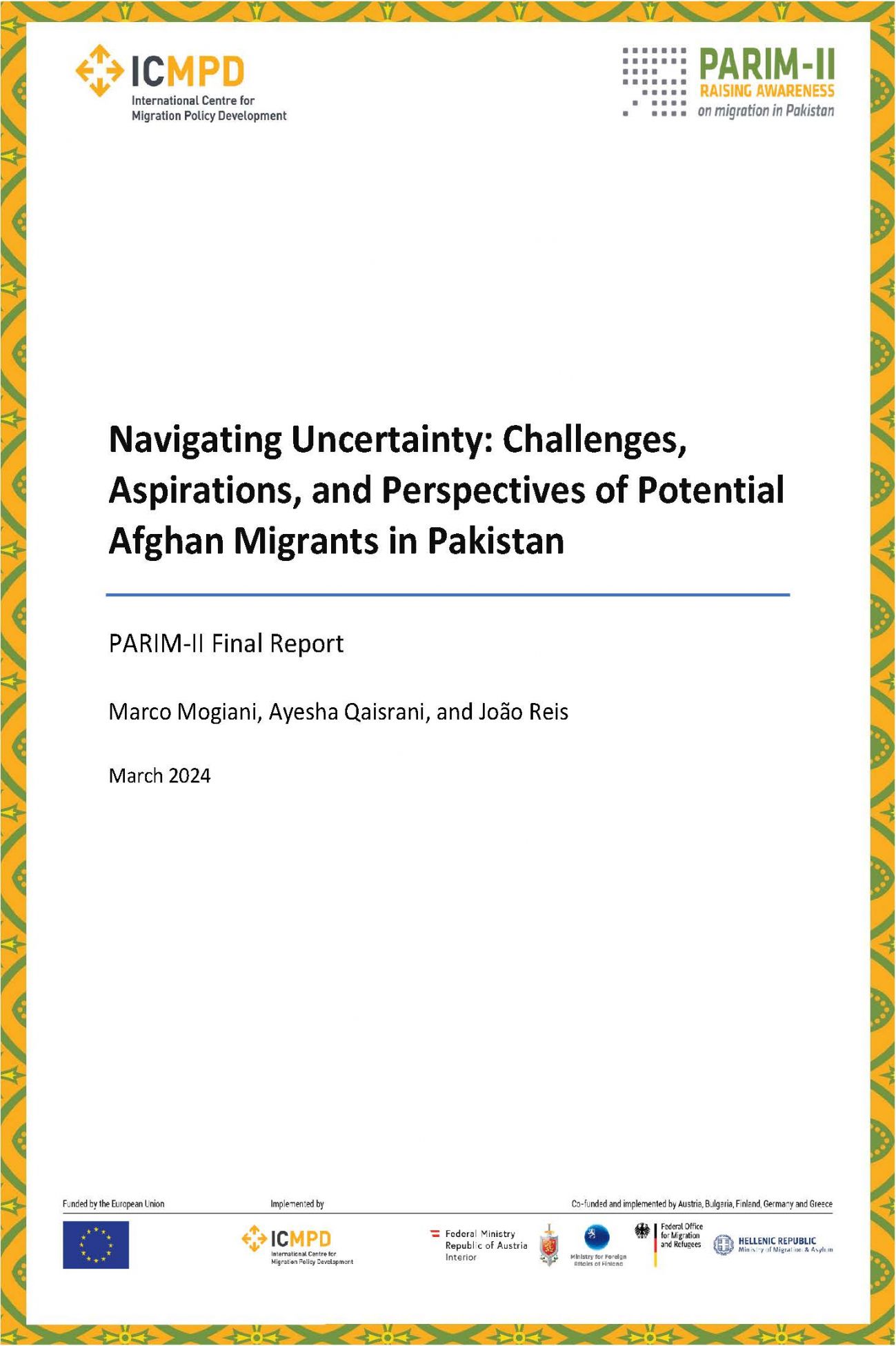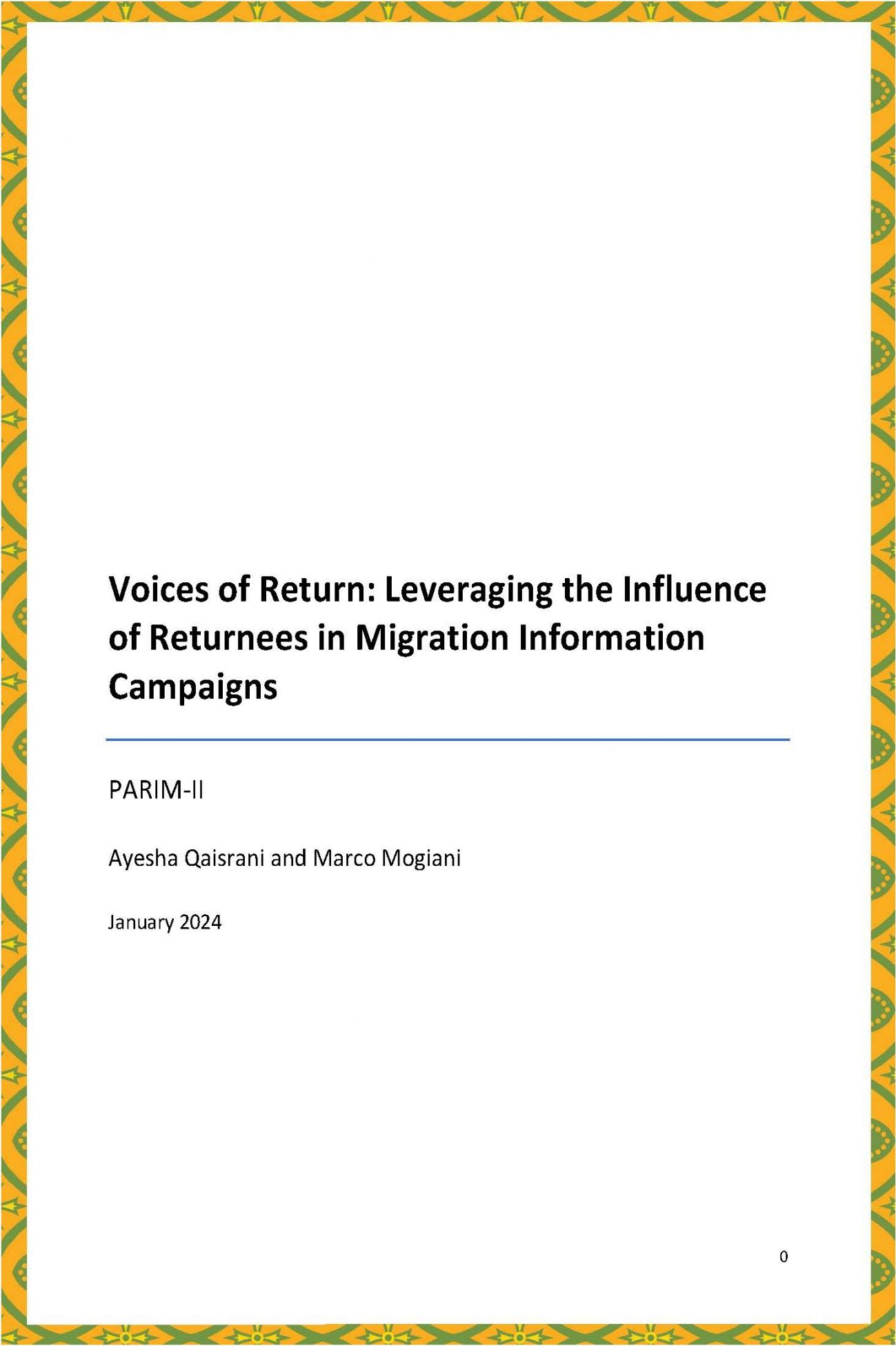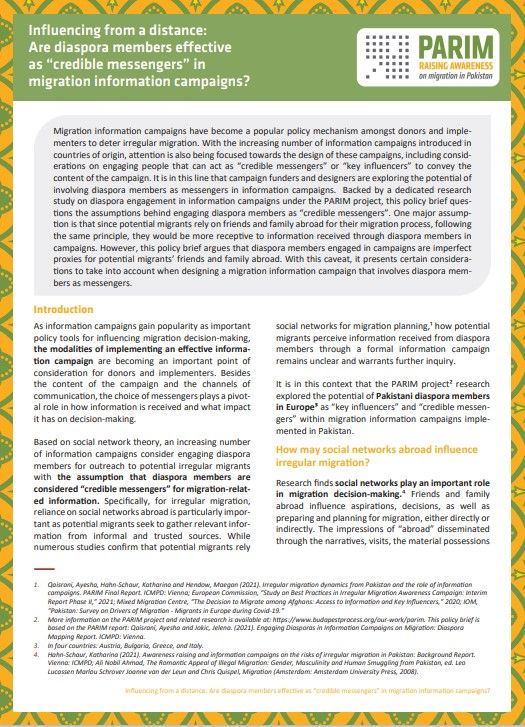Based on 20 countries across Europe, North America and North Africa, this report synthesises key trends and patterns of national policy approaches towards migrant irregularity, highlighting commonalities and differences across various contexts. In particular, it examines three key research questions: how have irregular migration policies evolved over time and in response to what; what pathways into and out of irregularity have these policies produced or aimed to address; and what challenges have hindered policy implementation. In doing so, the report aims to contextualise irregular migration policy changes, as well as how such policies can channel migrants into or out of irregularity.
Released 21 April 2023
Debate on the interplay between climate change and mobility has occupied an increasingly prominent place on the international agenda over the past decade – and we now have solid understanding of the climate-mobility linkage. However, a plethora of persisting misconceptions continue to mar a meaningful, solution-oriented conversation on the topic. This commentary addresses some of the more enduring of these misconceptions.






